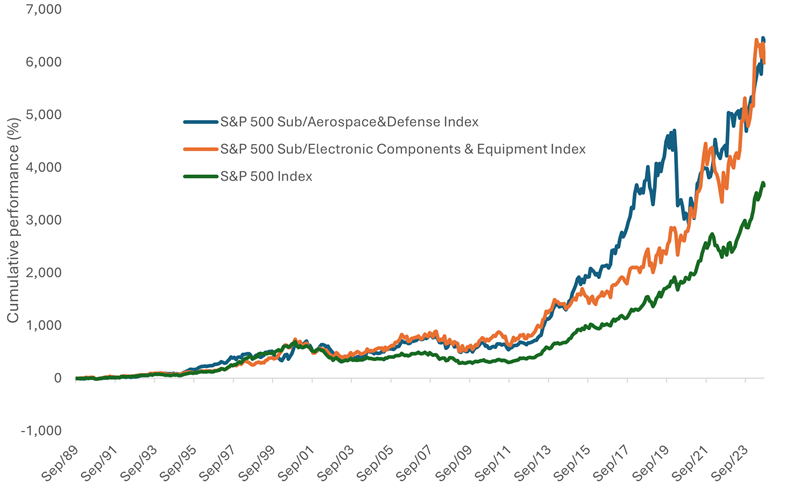Dividend stocks were mostly ignored by investors during the dot com era of the 1990s. Soaring stock prices of high-tech companies made dividend-payers of traditionally boring industries such as utilities, consumer staples, industrials, etc. unattractive to most investors. However since the recent global financial crisis, dividend stocks are back in vogue again as yield-hungry investors have rediscovered them.
While selecting and investing in dividend-paying stocks seem pretty straight-forward it is that easy. According to a research report by David Ruff, CFA, Portfolio Manager of Forward Management, LLC, investors make mistakes that may reduce their income and total return. He discussed the following seven mistakes investors commonly make:
Mistake #1: Chasing lofty yields
Very high dividend yield stocks may seem like the top choice for income investors. But high-yielders do not necessarily perform better over the long run. In fact, very high yields may not be sustainable and may lead to dividend cuts or even eliminations. Research studies have shown that companies that slowly and consistently increase their dividends outperform high-yielders with no dividend growth. So investors are better off going with such stocks instead of very high-yeiding stocks.
Mistake #2: Relying on Overly Mechanical Strategies
Some investors follow the passive dividend investing strategy which focuses too much on growth and dividend yield but may ignores fundamentals of a company or the sector. This stragey may not yield the best results. For example, in 2011 investors flocked to European telecom firms for their high dividend yields. But many firms’ dividend yields were unsustainable as payout ratios exceeded 100%. Eventually they reduced or eliminated dividend payments.
Mistake #3: Overlooking Growth Factors
Dividend paying stocks generally perform well over the long-term in terms of total returns. However dividend growers and initiators perform even better due to the effect of compounding and consistent dividend increases. So simply picking dividend stocks is not a wise strategy. One has to choose stocks which can grow their earnings and raise dividends over time.
Mistake #4: Succumbing to Home Market Bias
Generally US investors tend to prefer investing in domestic stocks. This is not a sound strategy especially for income investors since the S&P 500 has a dividend yield of around 2% but many overseas markets have much higher yields. So going abroad can yield higher returns. It is true that US multinationals like The Coca-Cola Company (KO), The Procter & Gamble Company (PG), Colgate-Palmolive Co. (CL), etc. offer foreign exposure. But they do not have the high dividend yields like their overseas peers. So it is imperative that investors allocate some portion of their portfolios to overseas stocks.
Mistake #5: Having Blue-Chip Tunnel Vision
Professional and retail investors alike love large-cap blue chips for their liquidity and stability. However these blue-chips may not offer the best value as they may be expensive since everyone wants to own them in their portfolios. So instead of going with the usual blue-chips, investors should select smaller firms that offer decent yields and are cheaper in valuation.
Mistake #6: Following the Herd
Investors should not follow others and pile into the widely held and popular dividend-paying stocks. Such stocks have high liquidity but should investors exit at the same time it can turn into a stampede leading to a huge price crash. Hence owning other lesser-known dividend stocks in addition to the popular ones can offer diversification benefits and potentially higher growth.
Mistake #7: Giving Macro Factors Too Much Weight
Investors should be mindful of market fundamentals but they should not put too much weight on macro factors and avoid companies in one region because of macro-economic issues. For example, during the European sovereign crises many investors avoided European stock altogether. This was a big mistake since there are hundreds of world-class European companies that operate globally and had better earnings potential despite the troubles in Europe. Investors who picked up European stocks during the height of the crises have earned solid returns since most European markets rebounded sharply last year.
Similarly some investors are now painting a broad brush on all emerging markets of the world as they have been laggards since last year. As with the European example, some emerging markets are better than others and there are plenty of emerging firms that offer potential investment opportunities now. These firms have strong fundamentals and are slowly emerging into multinationals similar to the developed world multinationals.
Source: How Not to Invest in Dividend Stocks:Seven Mistakes Investors Commonly Make, Seven Mistakes Investors Commonly Make, By David Ruff, CFA, Portfolio Manager, Forward Management, LLC
Related ETFs:
- iShares Dow Jones Select Dividend ETF (DVY)
- SPDR S&P Dividend ETF (SDY)
- Vanguard Dividend Appreciation ETF (VIG)
- SPDR Utilities Select Sector SPDR Fund (XLU)
Disclosure: No Positions



